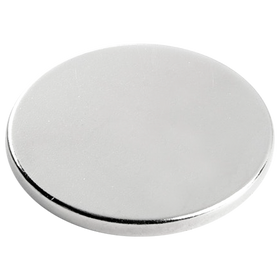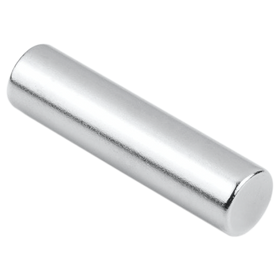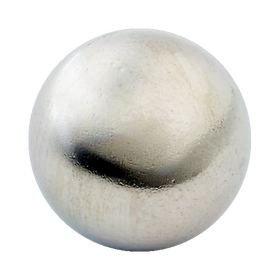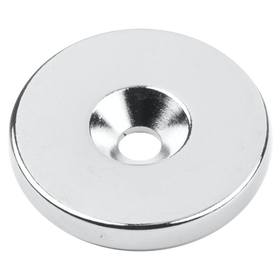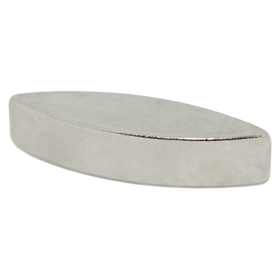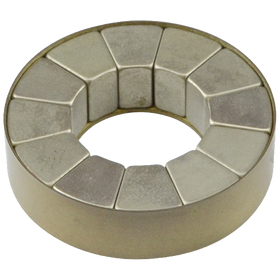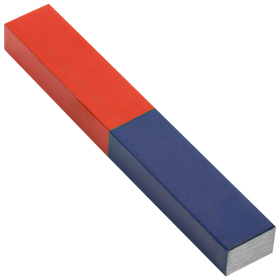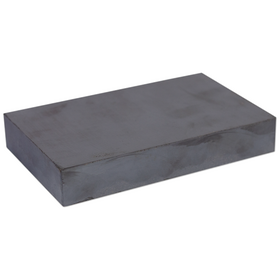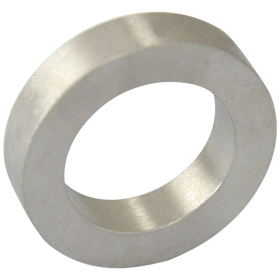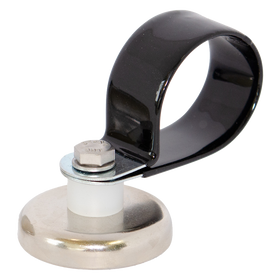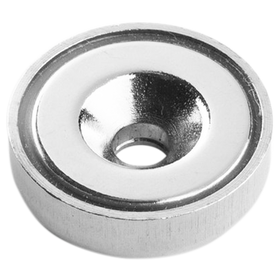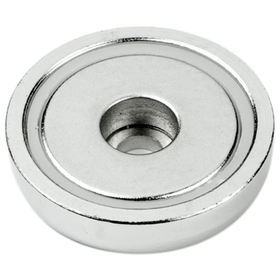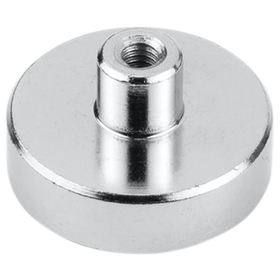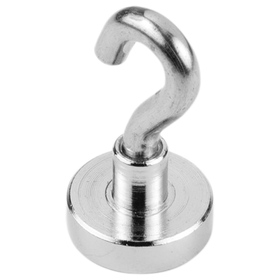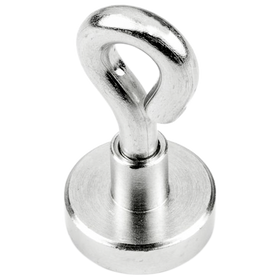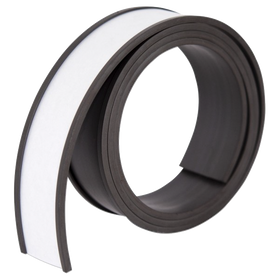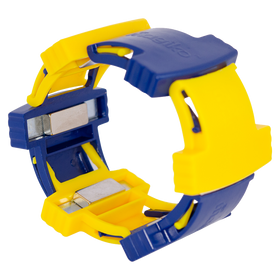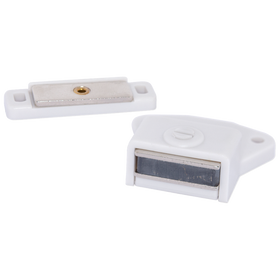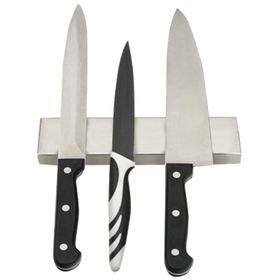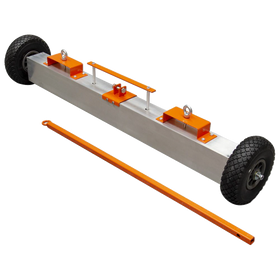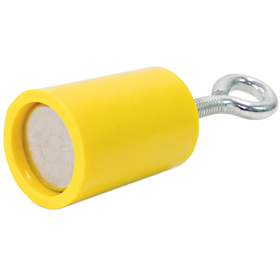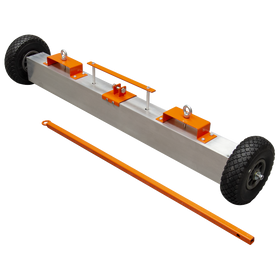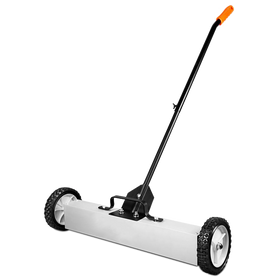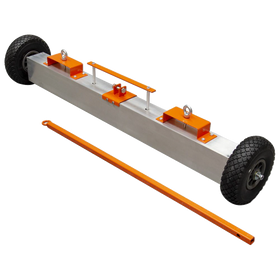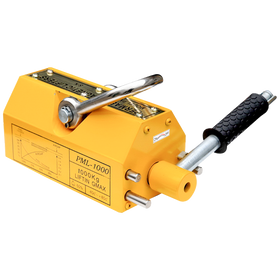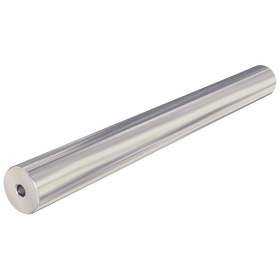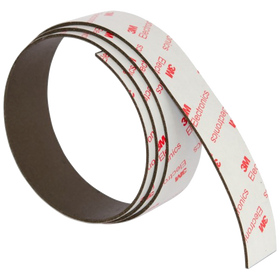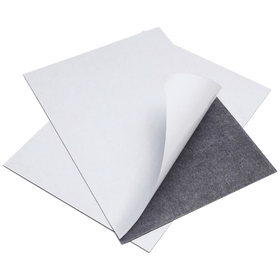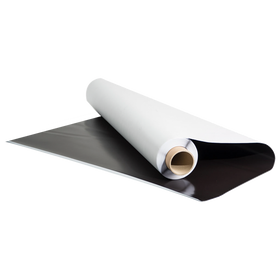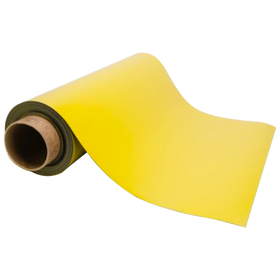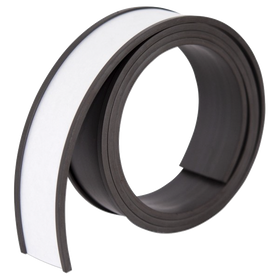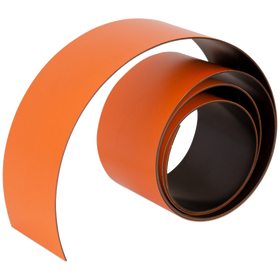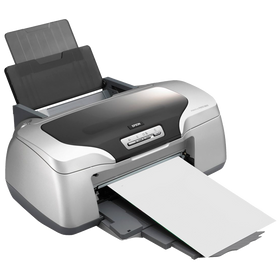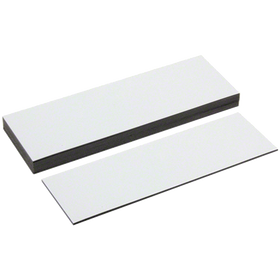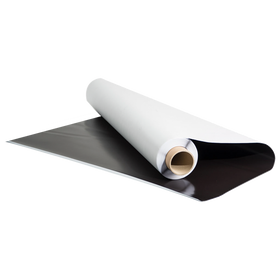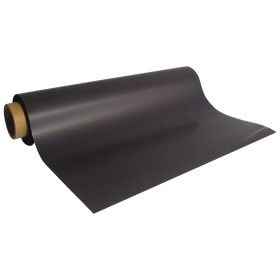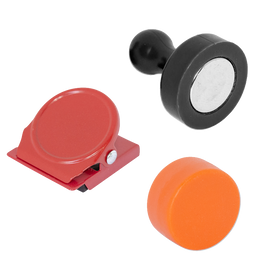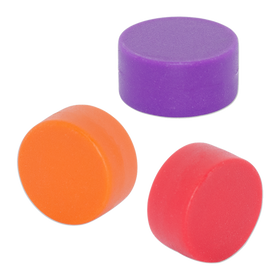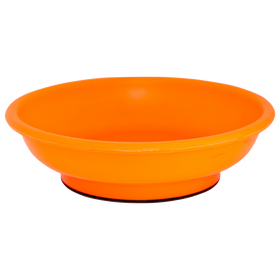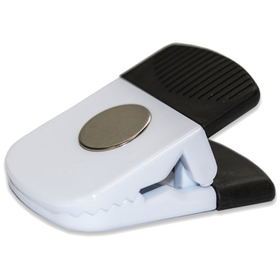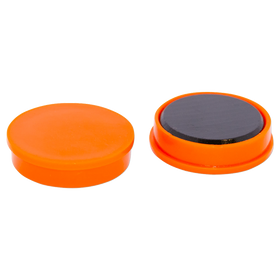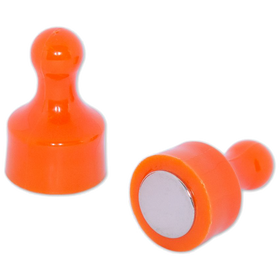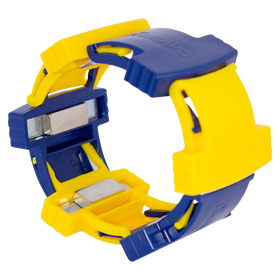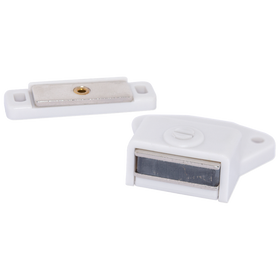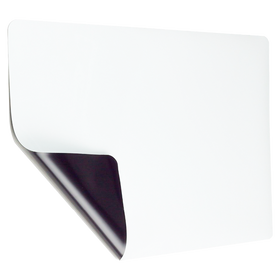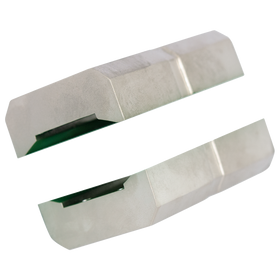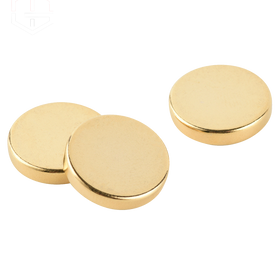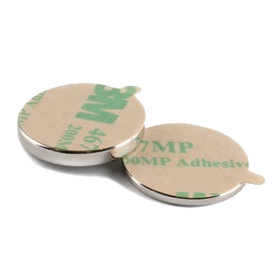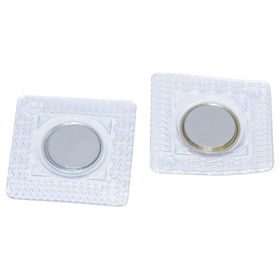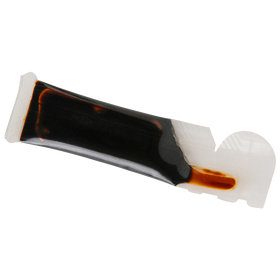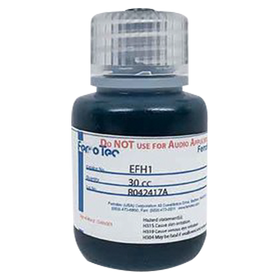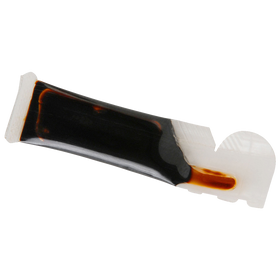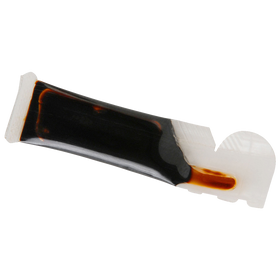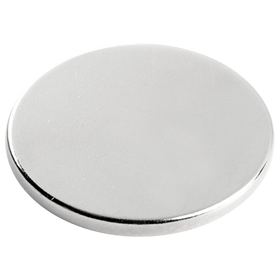
What are Neodymium Magnets?
Neodymium magnets are a type of rare earth magnet known for their exceptional magnetic strength. These powerful magnets are composed primarily of an alloy of neodymium, iron and boron (NdFeB) and are the strongest type of permanent magnet available commercially. Neodymium magnets have two important qualities which set them apart from other magnets – their high remanence, which means how well they retain their magnetisation, and high coercivity, which allows them to resist demagnetisation from external magnetic fields.
Because of these powerful magnetic properties, neodymium magnets are used in a wide range of applications. They are essential in numerous industries, including electronics, where they are found in devices like hard disk drives, speakers and headphones. In the medical field, neodymium magnets are used in magnetic resonance imaging (MRI) machines and other medical devices. Neodymium magnets are also crucial in renewable energy technologies, particularly in wind turbine generators and electric vehicle motors.
Neodymium magnets come in various shapes and sizes, including discs, blocks, rings and spheres and each shape and size suits a different or specialised application. Neodymium magnets are prone to rusting when exposed to moisture, so they often have protective coatings such as nickel or epoxy to prevent corrosion and improve durability. The strength of neodymium magnets allows them to be manufactured in compact and efficient designs, another factor which makes them invaluable in modern technology.
Neodymium magnets must be handled with care due to their brittleness and powerful magnetic fields. Their incredible magnetic pull force means neodymium magnets can also cause injury if they are not managed and handled properly. The sensitivity of neodymium magnets to high temperatures can also result in a loss of magnetic properties, so they are typically used in environments with controlled temperatures.
Powerful, reliable and compact, neodymium magnets are a key component in many of today's technological advancements, offering unmatched magnetic strength and versatility. Their ability to perform in demanding applications makes these magnets an essential material in a diverse range of industries, from consumer electronics to industrial machinery.
How should I store my neodymium magnets?
Storing neodymium magnets properly is essential to maintain their magnetic properties, prevent damage and ensure safety. Some important considerations for looking after your neodymium magnets include keeping them separated to prevent them from snapping together forcefully, which can cause them to chip or break. Use spacers made of non-magnetic materials, such as plastic or wood, to keep them apart. Neodymium magnets should also be stored in pairs or with a ferromagnetic material between them. This arrangement prevents them from attracting to other surfaces or each other, reducing the risk of damage.
Neodymium magnets are prone to corrosion, especially if they are not coated. Moisture can lead to corrosion and weaken the magnets over time. Store your neodymium magnets in a dry place, away from humidity. Using silica gel packets in the storage container can help absorb any moisture. Ensuring the magnets have a protective coating, such as nickel, will prevent rust and corrosion. Storing neodymium magnets in sturdy, non-magnetic containers will keep them safe from external magnetic fields and physical damage. Plastic or wooden boxes work well for this purpose. A good idea is to clearly label the storage containers with the type and strength of the magnets inside which will make it easy to find and access the magnets without causing damage.
Heat is the enemy of neodymium magnets and excessive heat can cause a loss of their magnetic strength. Always store your neodymium magnets away from heat sources and other strong magnets or magnetic fields.
Another important consideration is the effect of neodymium magnets on electronic devices and data storage media. Neodymium magnets can interfere with these instruments, so store them at a safe distance from computers, hard drives, credit cards and other sensitive electronic equipment.
The magnetic strength of neodymium magnets can present an injury risk if they are not handled properly. Neodymium magnets are powerful so use caution when handling and storing them and keep them away from children and anyone who may be using a pacemaker or other medical device.
If you need to store a large number of neodymium magnets together, consider using magnetic shielding materials such as steel sheets or magnetic receptive foams. These materials help contain the magnetic field, reducing the risk of unintended attraction and making storage safer.
How do I know what neodymium magnet I should buy?
It's easy to buy quality neodymium magnets in Australia, with online suppliers such as Frenergy offering the widest range and the best quality. To make sure you choose the right neodymium magnet for your task, start by identifying exactly what you need for your application. Think about the size, shape and strength of the magnet you need for your project. Neodymium magnets come in various shapes such as discs, blocks, rings and spheres, so do some research first. There will certainly be a neodymium magnet that will fit you application perfectly. One of the most important considerations is the strength of the neodymium magnet required. Magnetic strength is typically measured in Gauss or Tesla. Gauss and Tesla are units of measurement used to quantify the strength of a magnetic field.
Specifically, the Gauss is a unit of magnetic flux density in the centimetre-gram-second (CGS) system, while the Tesla is the corresponding unit in the International System of Units (SI). One Tesla is equal to 10,000 Gauss. The Tesla is a much larger unit than the Gauss and is commonly used in applications involving very strong magnetic fields, such as in MRI machines and particle accelerators. For everyday applications and lower-strength magnetic fields, the Gauss is more frequently used.
Once you know what magnetic strength you need, you should then take into account the grade of the magnet. Neodymium magnets are graded by their maximum energy product, ranging from N35 to N52, with higher numbers indicating stronger magnets. Select the grade of neodymium magnet that delivers the right amount of strength without exceeding what is practical for your application.
How do I get the most out of my neodymium magnet?
To get the most out of your neodymium magnet, consider where you are using it, because the operating environment can have an impact on the effectiveness of the magnet. Will the neodymium magnet will be exposed to moisture or corrosive elements? If so, choose magnets with protective coatings such as nickel, zinc, or epoxy to prevent corrosion. Will your magnet be exposed to high temperatures? Neodymium magnets can lose their magnetic properties at high temperatures, so if your application involves high heat, look for magnets rated for higher temperature resistance.
How do I choose a supplier?
Do you research. There are excellent neodymium magnet suppliers in Australia, such as Frenergy, so you know you are purchasing from a reputable source. Look for suppliers with positive reviews, transparent product information and good customer service. All magnets supplied by Frenergy meet industry standards and specifications. Both are Australian companies which offer reduced prices for larger orders.
Follow these tips and advice and you will get the most out of your neodymium magnets. Make sure you source your neodymium magnets from reputable Australian suppliers, follow safety guidelines and consult our experts at Frenergy for specific applications or concerns. With proper care, your neodymium magnets will serve as valuable tools for a wide range of applications, providing powerful, reliable magnetic strength. Whether you’re a DIY enthusiast, an engineer, or a hobbyist with a passion for magnets, follow these useful tips to harness and enjoy the magic and power of neodymium magnets.


